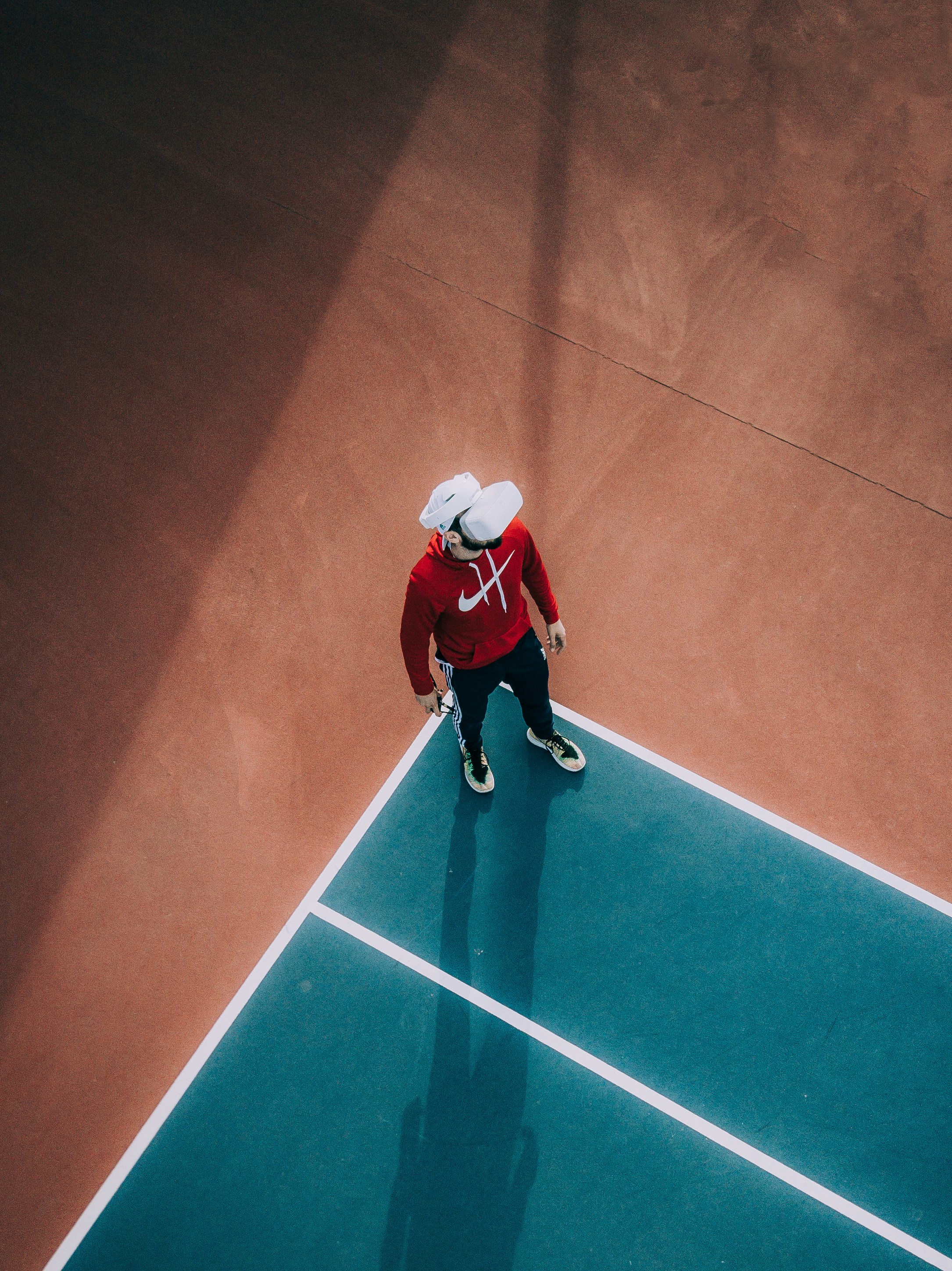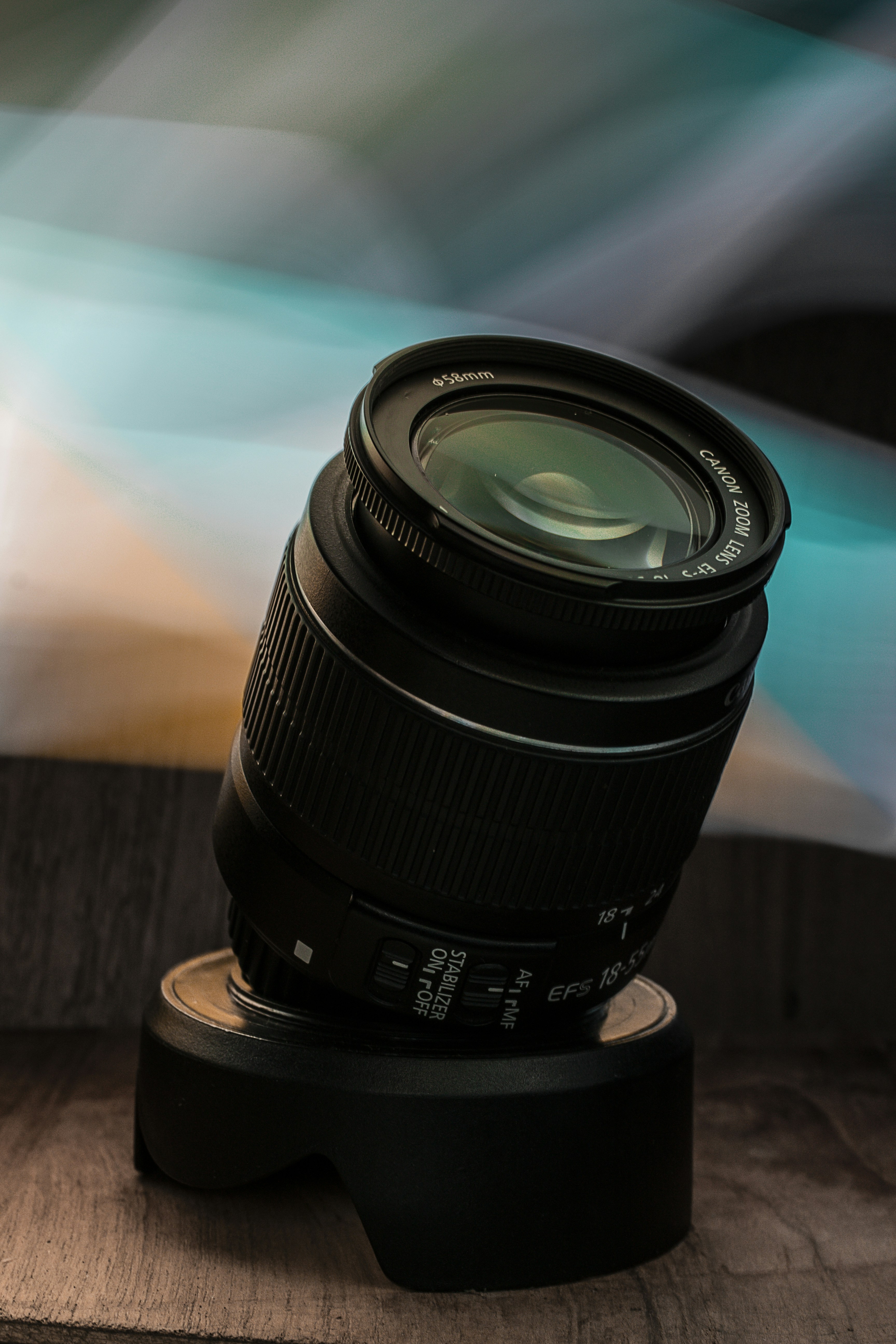All blog posts
Explore the world of design and learn how to create visually stunning artwork.
Becoming a Professional Real Estate Photographer: A Comprehensive Guide
December 22, 2023 | by therealtyphotographer.com
 Photo by Francesca Tosolini on Unsplash
Photo by Francesca Tosolini on Unsplash Becoming a Professional Real Estate Photographer: Tips, Resources, and Advice
December 22, 2023 | by therealtyphotographer.com
A Comprehensive Guide to Becoming a Professional Real Estate Photographer
December 22, 2023 | by therealtyphotographer.com
 Photo by Martin Sanchez on Unsplash
Photo by Martin Sanchez on Unsplash Becoming a Professional Real Estate Photographer: Tips, Techniques, and Resources
December 22, 2023 | by therealtyphotographer.com
 Photo by Francesca Tosolini on Unsplash
Photo by Francesca Tosolini on Unsplash Becoming a Professional Real Estate Photographer: A Comprehensive Guide
December 22, 2023 | by therealtyphotographer.com
 Photo by Francesca Tosolini on Unsplash
Photo by Francesca Tosolini on Unsplash Becoming a Professional Real Estate Photographer: Tips, Techniques, and Resources
December 22, 2023 | by therealtyphotographer.com
Introduction
Welcome to our website, dedicated to helping aspiring photographers become professional real estate photographers. Whether you are just starting out or looking to improve your skills, we provide valuable resources, training, and advice to help you succeed in this competitive industry.
Staging: Virtual or Real Furniture?
One of the key aspects of real estate photography is staging. Staging helps to create an inviting and attractive atmosphere in a property, making it more appealing to potential buyers. As a real estate photographer, you have the option to use virtual staging or real furniture to enhance the space.
Virtual staging involves digitally adding furniture and decor to an empty room, giving potential buyers a better idea of how the space can be utilized. It can be a cost-effective solution, especially for vacant properties. On the other hand, using real furniture can provide a more realistic representation of the property and create a warm and inviting atmosphere.
Ultimately, the choice between virtual staging and real furniture depends on the property, budget, and client preferences. It’s essential to understand the pros and cons of each option and be able to offer advice to your clients based on their specific needs.
Photography Techniques and Tools
To capture stunning real estate photographs, it’s crucial to master various photography techniques and utilize the right tools. Here are some essential tips:
- Use a wide-angle lens to capture the entire room and make it appear more spacious.
- Pay attention to lighting. Natural light is preferred, but you may need to use additional lighting equipment to achieve the desired effect.
- Compose your shots carefully, highlighting the key features of the property.
- Consider using a tripod to ensure sharp and steady images.
- Edit your photos using software like Adobe Lightroom or Photoshop to enhance colors, remove distractions, and make the images more appealing.
Investing in high-quality equipment, such as a DSLR camera, wide-angle lens, tripod, and lighting gear, can significantly improve the quality of your real estate photographs. However, it’s important to note that skill and technique are equally important, so focus on honing your photography skills before splurging on expensive gear.
Advice on Getting Clients
Building a client base is crucial for any real estate photographer. Here are some tips to help you attract clients:
- Create a professional portfolio showcasing your best work. Include a variety of properties to demonstrate your versatility.
- Network with real estate agents, brokers, and other industry professionals. Attend industry events and join real estate photography associations.
- Offer competitive pricing and packages tailored to the needs of your target market.
- Utilize online platforms and social media to showcase your work and reach potential clients.
- Ask for referrals from satisfied clients and offer incentives for referrals.
Remember, building a successful real estate photography business takes time and effort. Consistently delivering high-quality work and providing excellent customer service are key to establishing a strong reputation in the industry.
Conclusion
Becoming a professional real estate photographer requires a combination of technical skills, artistic vision, and business acumen. By utilizing the resources and advice provided on our website, you can enhance your photography techniques, learn about staging options, and gain insights into attracting and retaining clients. Remember, practice and perseverance are essential on your journey to becoming a successful real estate photographer.

